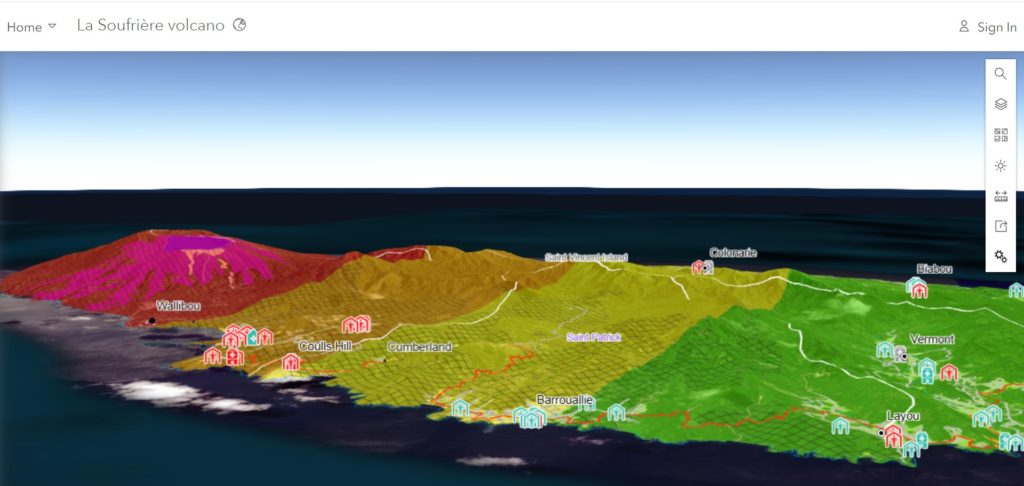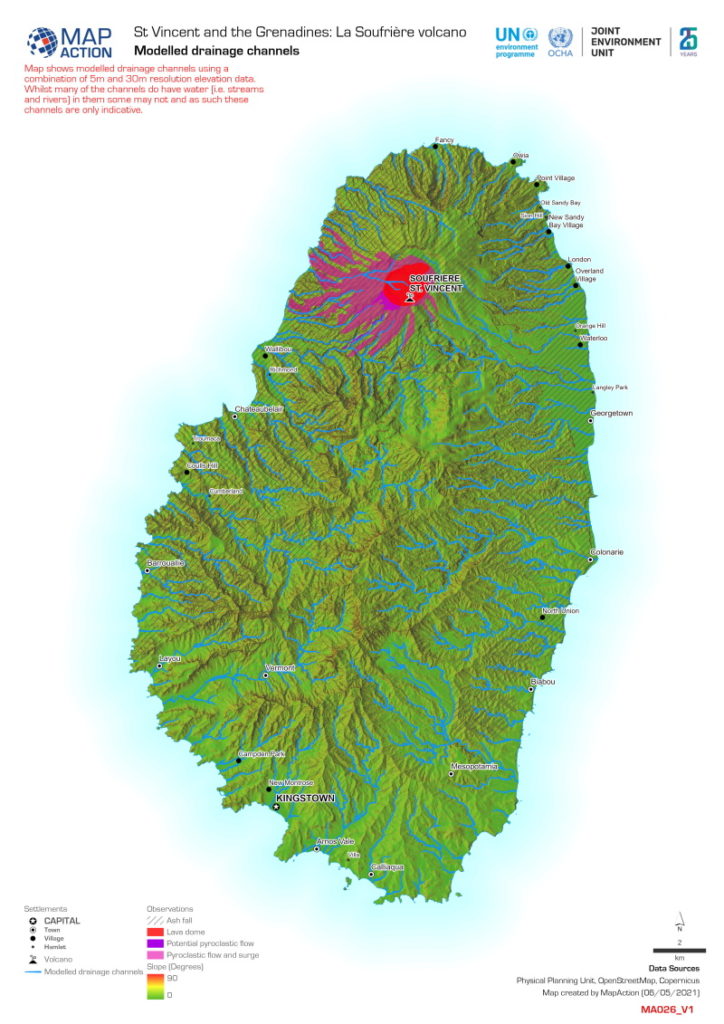
How maps helped in the aftermath of Central American hurricanes
This StoryMap (first published on MapAction’s blog in November 2020) explains how some of the over 200 maps international humanitarian charity MapAction created following Hurricanes Eta and Iota in Central America in November 2020 were used to help get aid to people that needed it. Click here to view it in full screen.
In November 2020, a three-person MapAction team travelled to Guatemala following extreme flooding and catastrophic landslides in 12 of 22 of the country’s administrative departments. This was caused by two severe hurricanes hitting the Central American region in quick succession. Around 6 million people were affected in Honduras, Guatemala, and Nicaragua and 590,000 had to leave their homes.
Ten departments of Guatemala declared a state of emergency and the government requested international assistance.
The devastating storms came on the back of social and economic hardship caused and exacerbated by COVID, unemployment and population displacement. The flooding caused widespread destruction of crops and livestock and around 5,000 wells were contaminated.
MapAction’s assistance was requested by the UN’s Office for Coordination of Humanitarian Affairs (OCHA). We helped to gather and map information about the evolving situation on the ground. This included mapping storm tracks, flood extents, building damage, affected populations and information about what assistance humanitarian teams were already providing in different locations so that gaps could be identified and rapidly addressed.
In addition to the Guatemalan team, a five-person MapAction team was already providing full emergency support remotely to OCHA’s Regional Office for Latin America and the Caribbean (ROLAC) from 6 November following Hurricane Eta, while another team member had been seconded to ROLAC full time from September 2020 to assist with hurricane preparedness and other humanitarian issues across the region.
MapAction volunteer Emerson Tan filmed a vlog from the airport on his way back from Guatemala:
Did you like the article? Read more and subscribe to our monthly newsletter!










 View all the volcano mapping relating to this emergency
View all the volcano mapping relating to this emergency